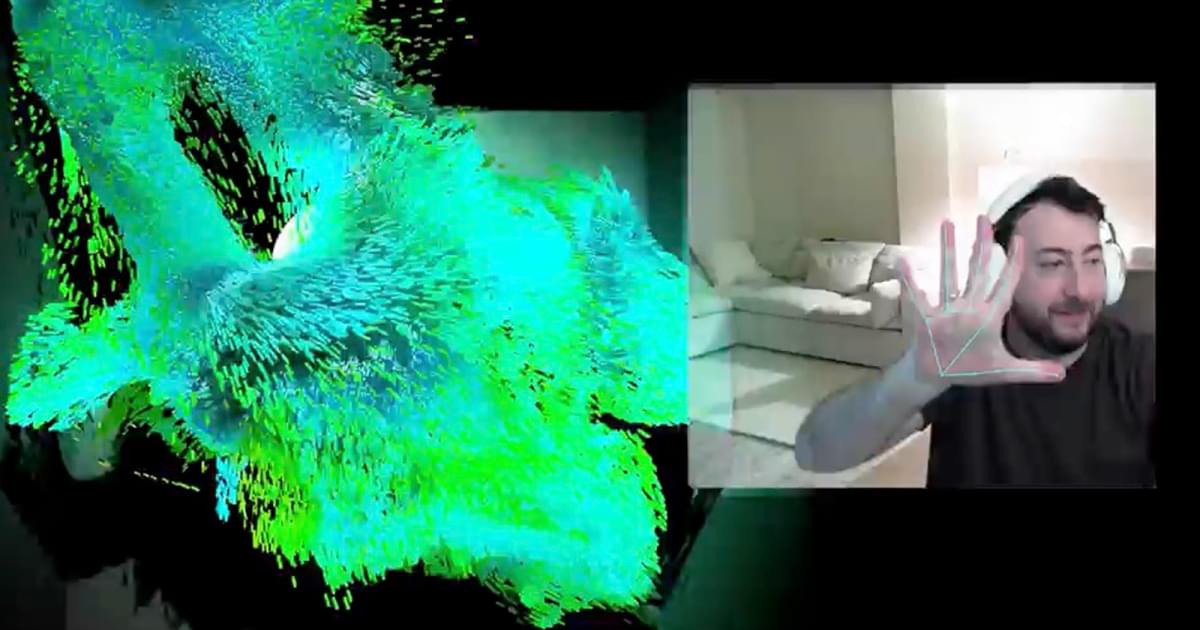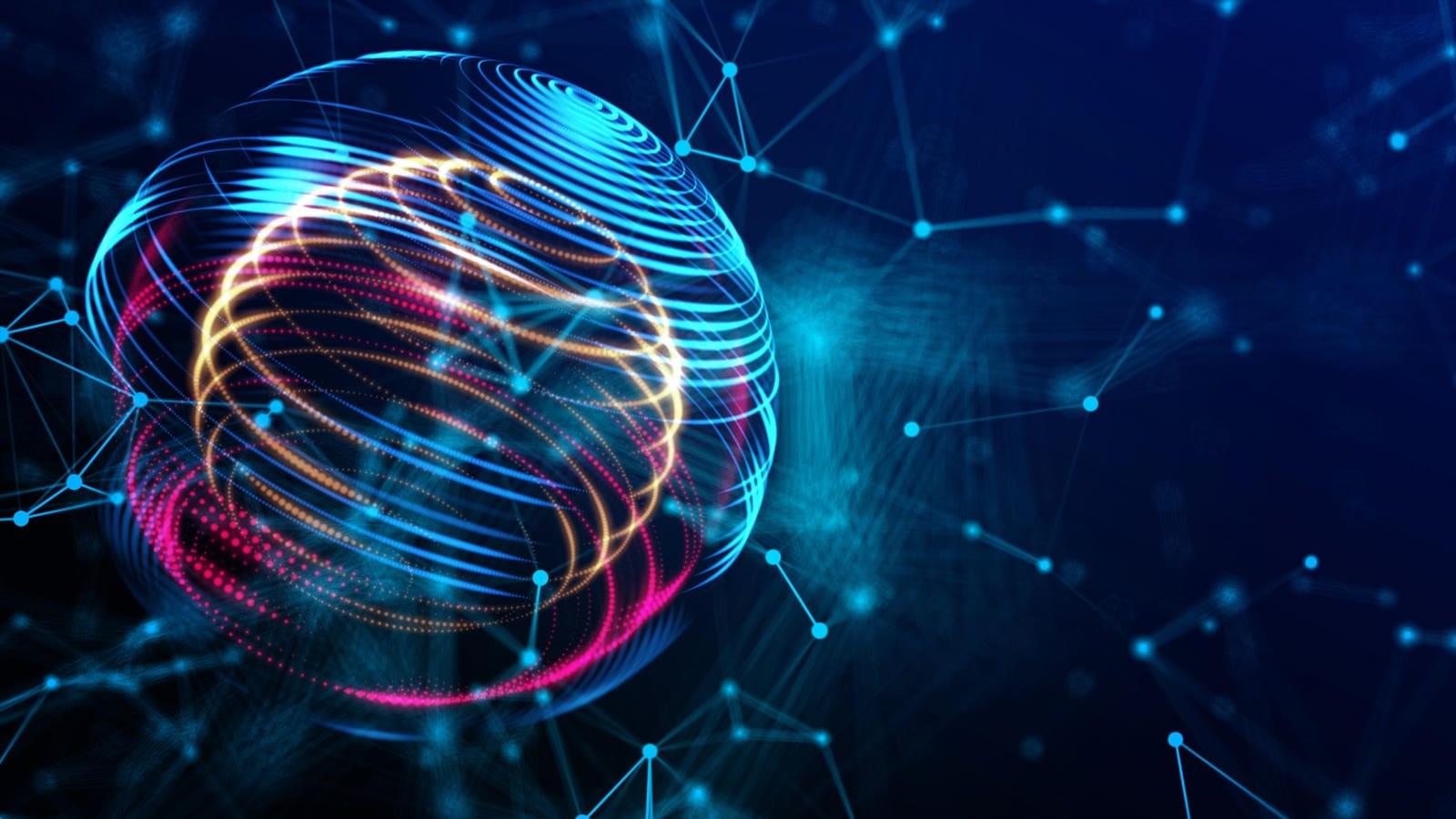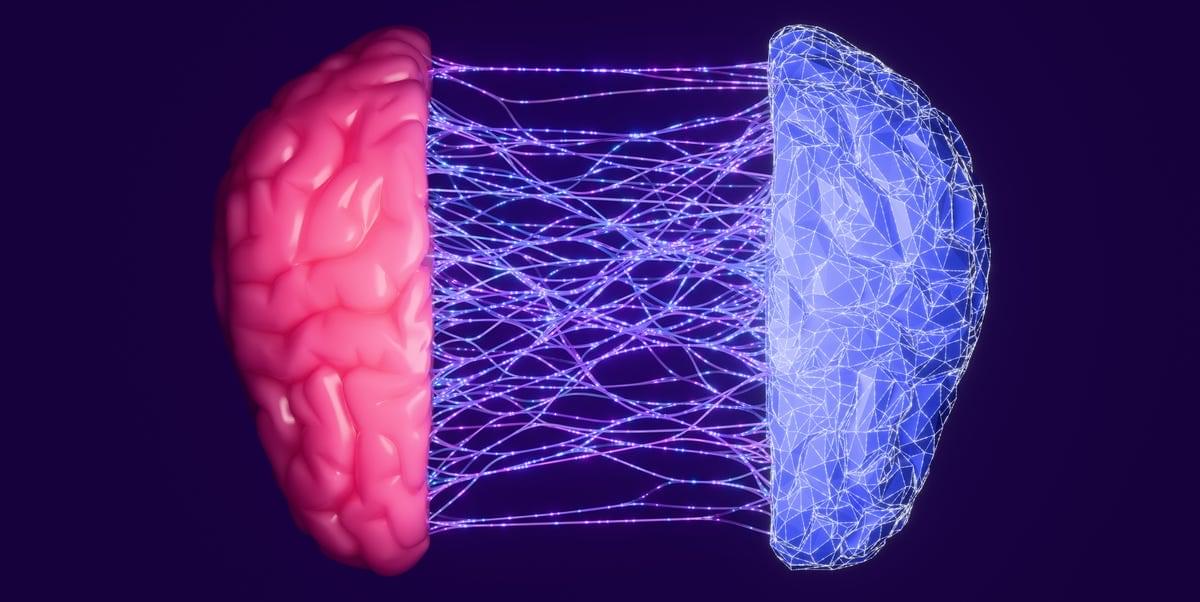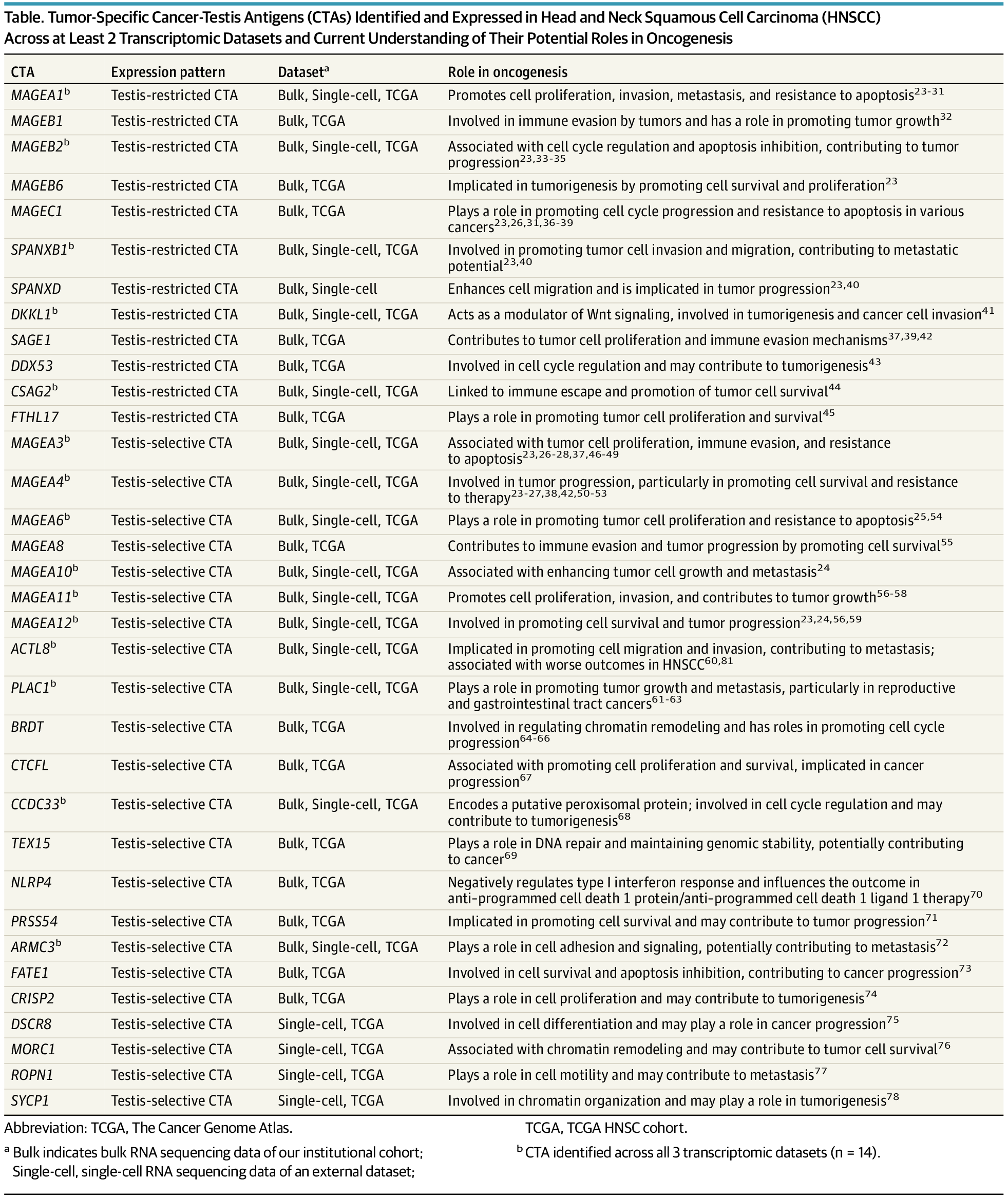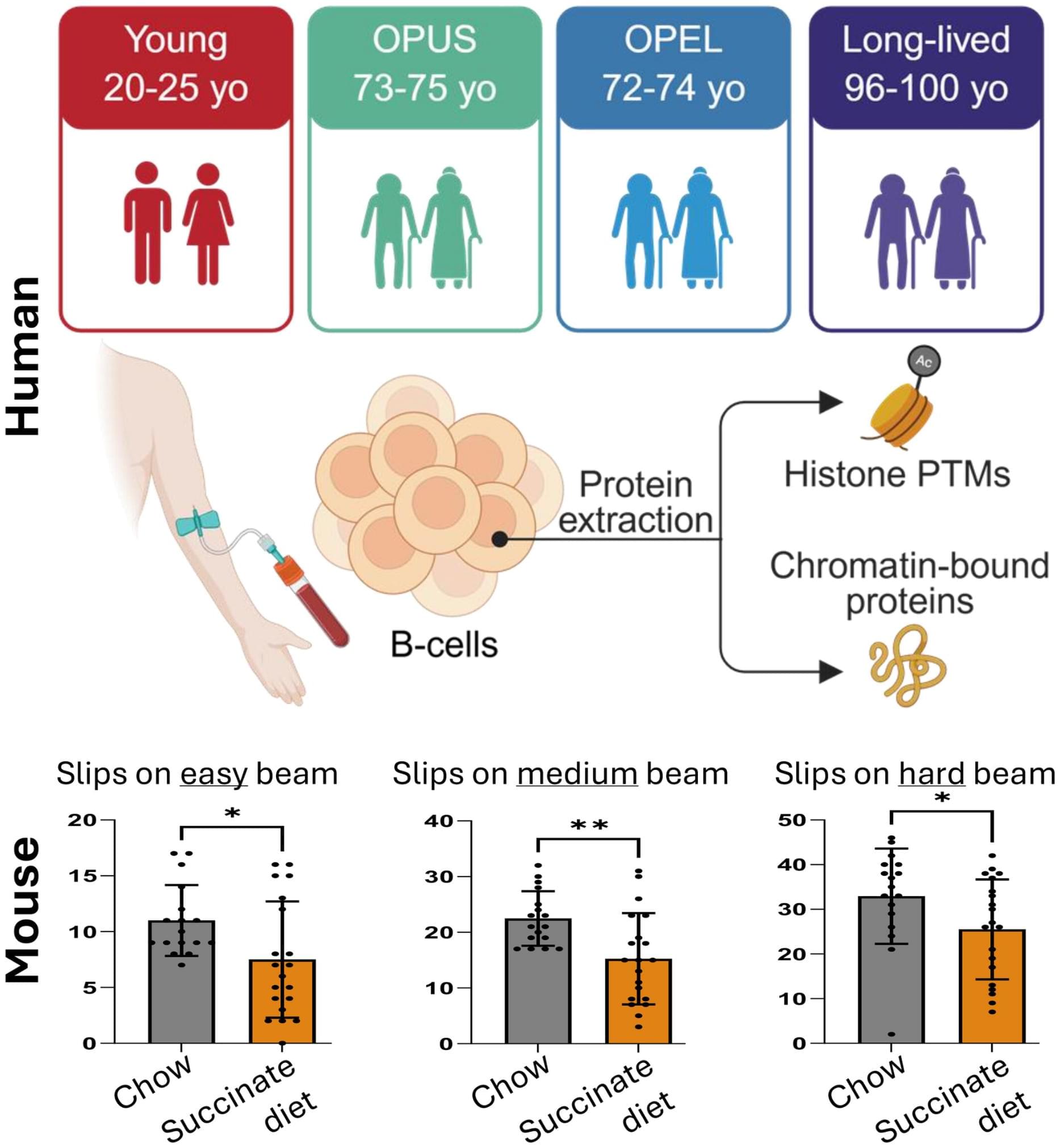Of course, many people are familiar with the impressive mental abilities of the corvid family (crows, ravens, magpies, and jays), but even everyday avians like pigeons and chickens, would score surprisingly high on Newen and Montemayor’s consciousness scale. In one experiment known as the “mirror-audience test,” roosters were placed in an enclosure with a barrier separating them. When the shadow of a bird of prey was projected overhead, the test rooster warned its fellow conspecific (member of the same species), and when it was alone, it did not. Interestingly, when a mirror was placed in the enclosure to replace the previously see-through barrier, the test rooster did not warn its conspecific partner, even though the animal remained on the other side of the mirror, suggesting that the rooster was able to differentiate itself from other members of its own species.
“The presented results add to the growing body of evidence that consciousness may be present in many parts of the animal kingdom, across species that are phylogenetically distant from each other and have remarkably different brain structures,” the authors wrote. “Consciousness should not be deemed as an ‘all-or-nothing’ cognitive function but rather as a graded and multi-dimensional process.”

